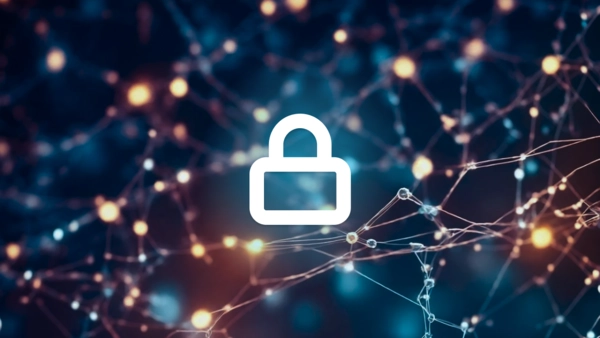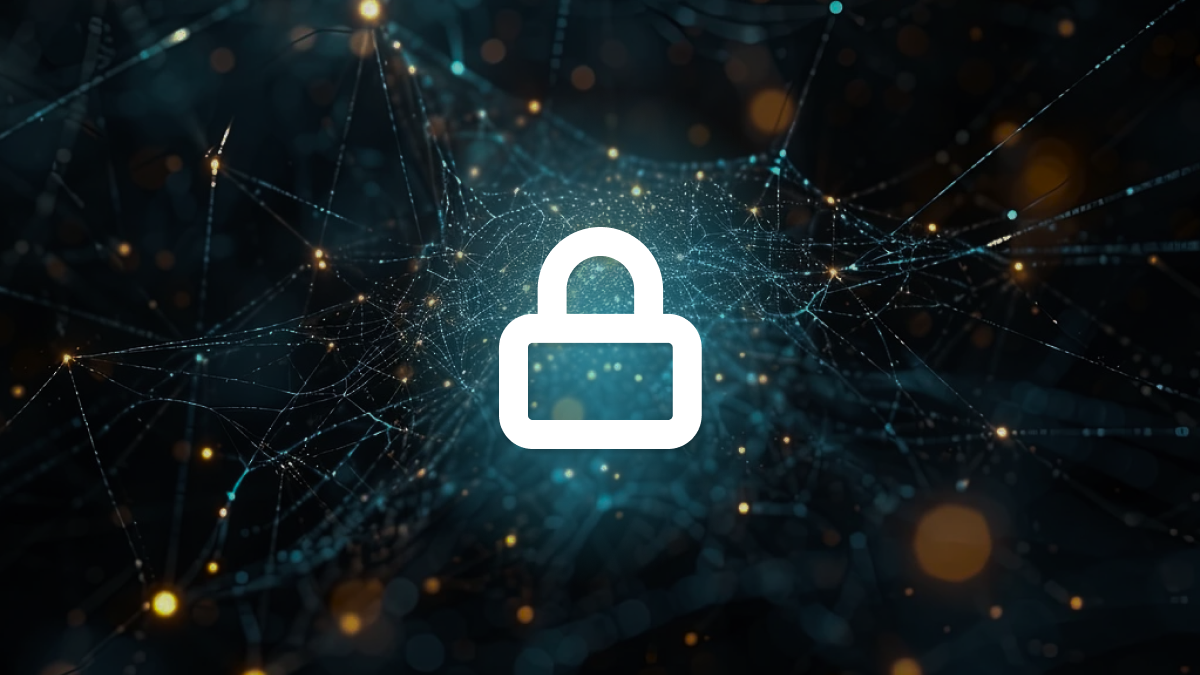Despite what Hollywood might suggest, most data breaches don’t involve elite hackers cracking firewalls with lines of code. In reality, all it often takes is one stolen password. Just look at the Samsung breach last month—hackers used compromised credentials to access the personal data of over 270,000 customers.
This kind of incident isn’t rare. In fact, 80% of all hacking-related breaches involve stolen or misused credentials.
And it’s only getting worse.
So, what can you do to safeguard your organization before it’s too late? Let’s take a look.
Account takeover attacks: Why they’re so prevalent
Account takeover attacks are a go-to method for cybercriminals, and it’s easy to see why. On the dark web, millions of stolen passwords are up for grabs, often coming from past data breaches or hacking attempts. The problem? Password reuse. Around 64% of people use the same password across multiple accounts. And even if they don’t reuse the exact same password, it’s often a variation—like tweaking a letter to uppercase or adding an exclamation mark—making it all too easy for attackers to crack.
Even those who take password security seriously aren’t immune. Phishing tactics and the sheer volume of data breaches each year mean that a “unique” password doesn’t stay safe for long. Once one account is compromised, it’s just a matter of time before hackers use those credentials to break into other accounts, especially if users are repeating variations of the same passwords across platforms.
And while multi-factor authentication (MFA) has become a widely adopted security measure to prevent attacks involving stolen credentials, it’s far from foolproof. Cybercriminals have already figured out ways to bypass MFA using social engineering tactics—just look at the Twilio and Uber incidents. In these cases, attackers exploited human vulnerabilities—tricking employees into revealing access to MFA codes.
But this is just the beginning. With the rise of artificial intelligence, the scale and sophistication of these attacks are set to increase dramatically.
A new threat: AI-enabled credentials compromise
AI is making account takeover attacks faster, smarter, and more dangerous than ever before. Cybercriminals are no longer relying on simple password guessing or basic social engineering. They’ve got a powerful new tool in their arsenal.
Here’s how attackers are leveraging AI to facilitate almost undetectable account takeover attacks:
- Credentials theft: Hackers can buy stolen usernames and passwords from the dark web or exploit old breaches. Once they have these, they turn to AI to test them across multiple platforms. AI agents automate the process, checking stolen credentials against hundreds, even thousands, of sites and apps in seconds.
- Password cracking: If passwords are weak, AI can accelerate the brute-force attack process. Machine learning models can predict common password patterns with frightening precision, cracking weak passwords far faster than traditional methods.
- Targeted phishing scams: Cybercriminals can use AI to launch large-scale, hyper-targeted phishing campaigns—creating emails that are eerily convincing and personalized. These emails often lead to sophisticated phishing websites designed to steal MFA codes as easily as usernames and passwords. Even with MFA in place, employees can be tricked into entering their second-factor codes, allowing attackers to bypass that extra layer of security.
- Business email compromise: Once an attacker has compromised an account, AI helps them continue their deception. By using natural language processing (NLP), AI can analyze an individual’s unique communication style. Armed with a convincing digital impersonation, attackers can escalate the attack—sending eerily convincing fraudulent emails and messages to other employees, requesting data, money, or access to other secure systems.
From identity-centric security to data-centric security
As AI enhances the effectiveness of account takeover attacks, organizations must transition from relying on identity-based security to adopting a data-centric approach. This shift means moving away from the assumption that users granted network access can be trusted by default. Instead, companies must fully embrace a zero-trust mindset, continuously verifying and monitoring user behavior and data access to detect and prevent risky actions.
It may sound bleak to acknowledge that account takeover attacks are inevitable, but that’s the reality we face. Even before AI, attackers have consistently found ways to bypass multi-factor authentication and infiltrate user accounts. The key is to accept that these attacks will happen and ensure you have the right tools in place to stop compromised accounts from causing serious damage.
Enter: Human risk management
This is where human risk management (HRM) solutions come into play. HRM tools are designed to identify, measure, and mitigate insider threats—including compromised accounts. They achieve this by constantly monitoring user interactions with sensitive data across platforms, looking for risky behaviors like unusual download attempts or deviations from normal access patterns.
The best HRM tools go beyond detection and move into action, integrating data security posture management controls to enforce security when a compromised account is detected. These tools apply zero-trust principles to redact sensitive data, restrict access, and immediately flag the security team for investigation.
The bottom line
AI is changing the security landscape—and not in organizations’ favor. Credential-based attacks are getting faster, smarter, and more convincing by the day. Traditional identity and perimeter controls aren’t enough.
To protect against the next wave of breaches, organizations need to assume that account compromise is inevitable—and focus on mitigating the damage when it happens.
Human risk management and data-centric security are your best defense—and Polymer has both. Request a demo to see how Polymer can protect your organization from the next-generation of account takeover attacks.






